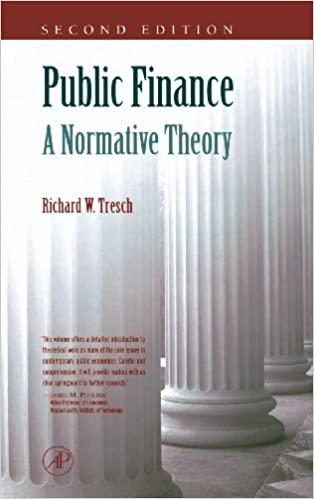38) - JULTIPLE CHOICE. Choose the one alternative that best completes the statement or answers the quest 38) An individual who purchases an insurance policy is called A) The insurance company. B) A policyholder. C) A victim. D) An employer. E) An insurer. 39) 39) What is the fee that a policyholder pays when an insurance company agrees to take on the risk? A) Coverage B) Insured C) Peril D) Risk E) Premium 40) 40) The most common risks are A) Liability risks. B) Property risks. C) Personal risks. D) All of these are common risks. E) None of these are common risks. 41) Anything that may possibly cause a loss is called a A) Premium B) Speculation C) Negligence. D) Peril. E) Hazard. 12) 42) The failure to take ordinary or reasonable care to prevent accidents from happening is called A) Risk. B) Peril. ) Hazard. D) Premium E) Negligence. 43) If you choose to wear your seatbelt, you are using A) Risk avoidance. B) Risk reduction C) Risk assumption. D) Risk shifting E) Risk increasing. 44) The main goal when setting insurance goals is to A) Minimize personal, property, and liability risks. B) Maximize personal property and liability risks. c) Keep the coverage constant or unchanged throughout one's life. D) Increase possible loss of income caused by illness. E) Increase possible loss of property caused by perils. 45) Which of the following questions should one ask when developing a risk management 45) plan? A) How much should I insure something for? B) What do I need to insure? What kind of insurance should I buy? D) Whom should I buy insurance from? E) All of these questions should be asked when developing a risk management plan 46) Liability is defined as A) The legal responsibility fo esponsibility for the financial cost of another person's losses or injuries. an insurance program for individuals and households. C) Negligence. D) A loss due to physical damage. E) Risk assumption. 47) Homeowner's insurance covers all of the following except A) Personal property. B) Automobiles. C) Additional living expenses. D) Personal liability and related coverage. E) Building in which you live and any other structures on the property. 48) A policy that supplements your basic personal liability coverage is called a(n) A) Supplementary policy. B) Homeowner's insurance. C) Medical payments coverage. D) Endorsement E) Umbrella policy. 49) If you have a loss due to a flood, A) Your homeowner's insurance should normally cover the loss. B) You must have already purchased special coverage if you live in an area that has frequent floods in order to be covered. c) You need an umbrella policy for coverage. D) FEMA (Federal Emergency Management Agency) will automatically provide coverage if this is your second flood loss. E) Your additional living expenses coverage will apply if you move to an area that has not flooded in one year. 50) 50) Sandra is contacting several insurance companies to compare coverage for her home. Which of the following should NOT affect her premium? A) Amount of coverage B) The location of your employer. C) Alarm system D) Type of structure E) Deductible









